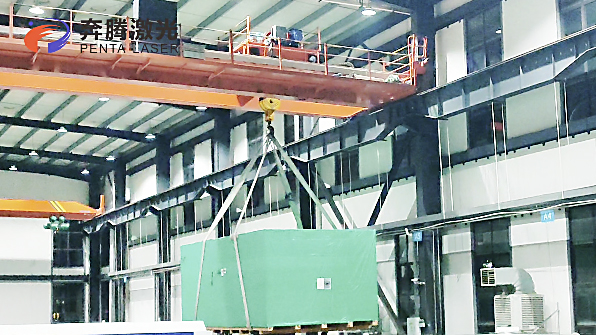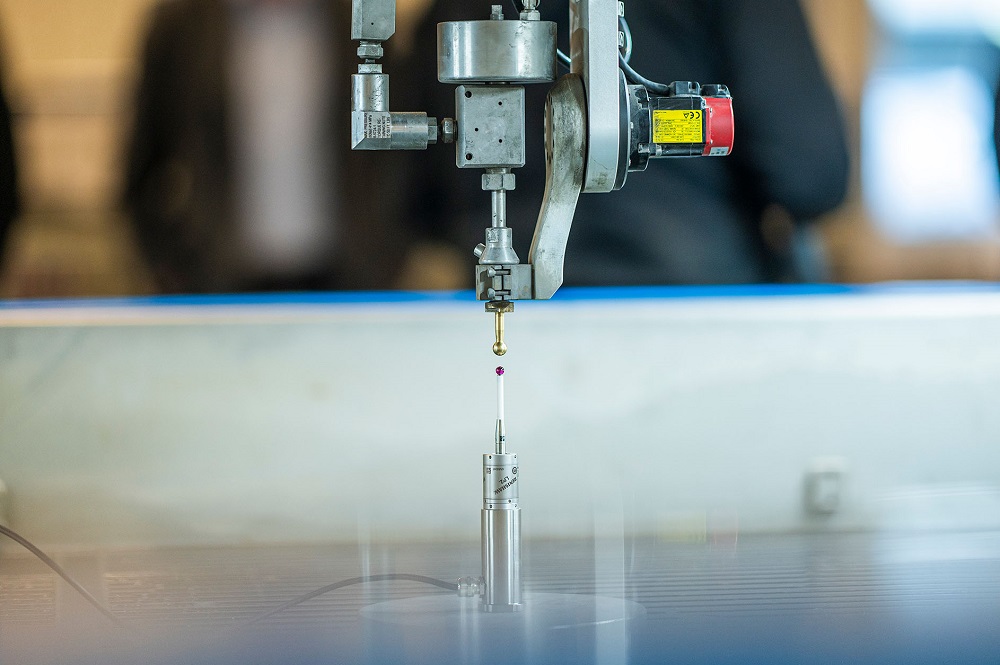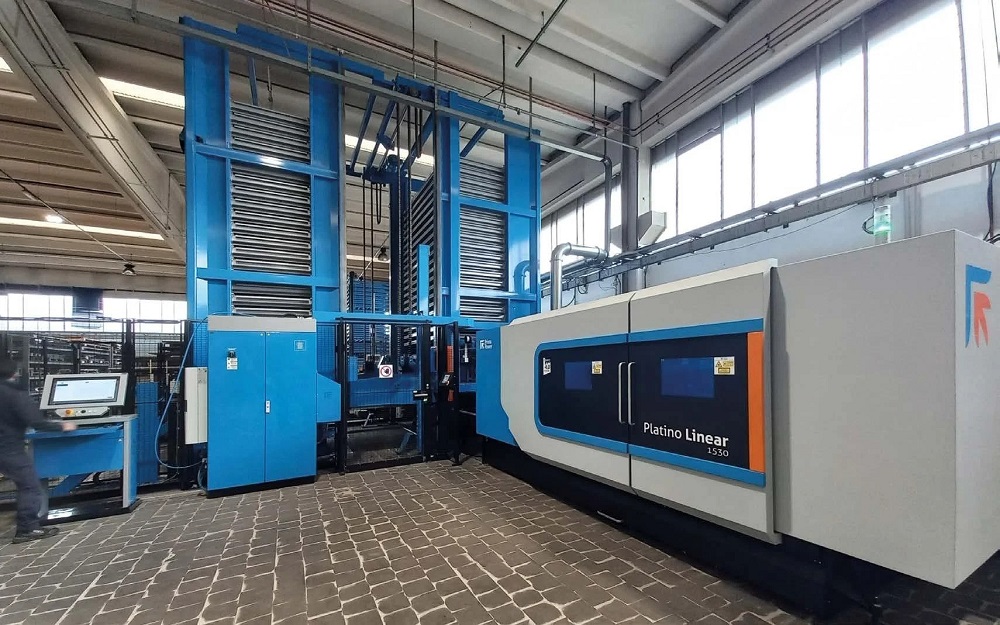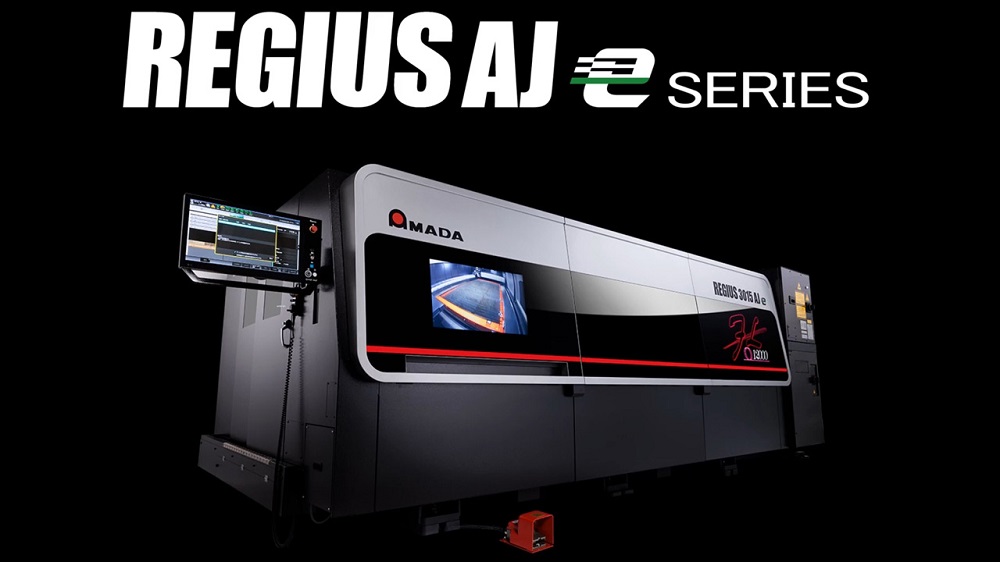Last month, many large trucks lined up in the Wenzhou, China factory of Pentium Laser. A high-power, high-speedautomated laser cutting production line – developed and manufactured by Pentium Laser – was inspected and accepted by the Japanese customer, prior to loading and shipping.
The automated production line consists of three BOLTVII12kW laser cutting machines, a 10-layer intelligent 3D plate material library, and a fully automatic loading and unloading system. Its core intelligence arrives courtesy of the production line’s central control operating system. Independently developed by Pentium Laser, the control can realise operations such as the automatic entry and exit of plates, management of the plate material library, plate loading and unloading, automatic nozzle change, automatic edge inspection,and rapid cutting.The whole process requires no manual intervention. At the same time, the production line offers enhanced safety production measures.
The commissioning of this production line is an indicator that the traditional model for sheet metal production is accelerating towards all-round intelligent manufacturing of components via automated laser cutting technology.
With the rapid development and upgrading of the global manufacturing industry, the demand for high-end manufacturing equipment in various countries is increasing. As a major enterprise in China’s high-power laser intelligent equipment, Pentium Laser has continuously increased its investment in scientific and technological innovation over recent years. The company today focuses on the cross-application research of laser and intelligent manufacturing technology, providing smart and bespoke industry solutions for global customers.
More information www.pentalaser.com



















